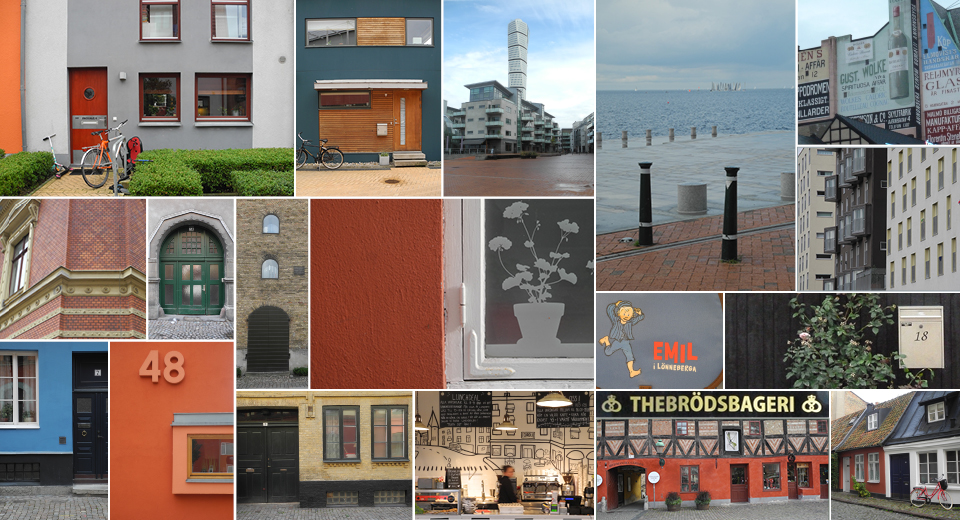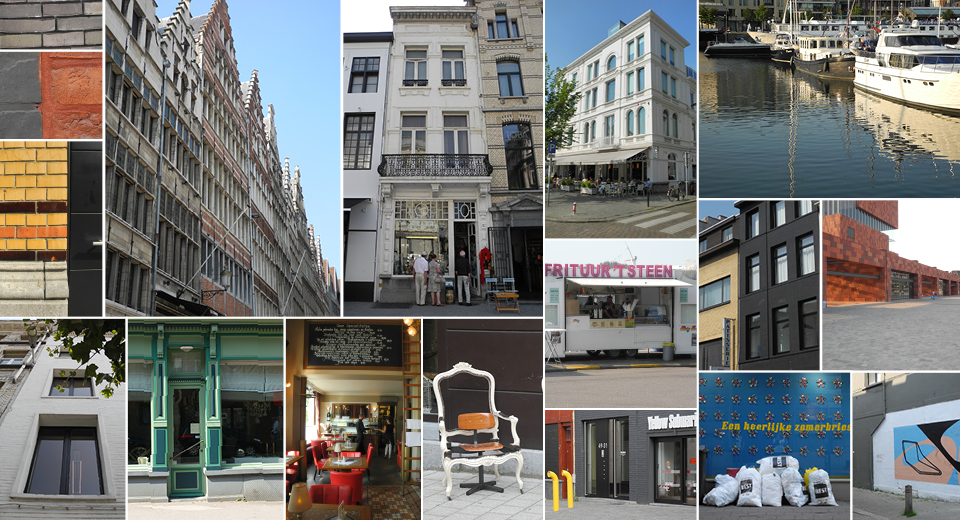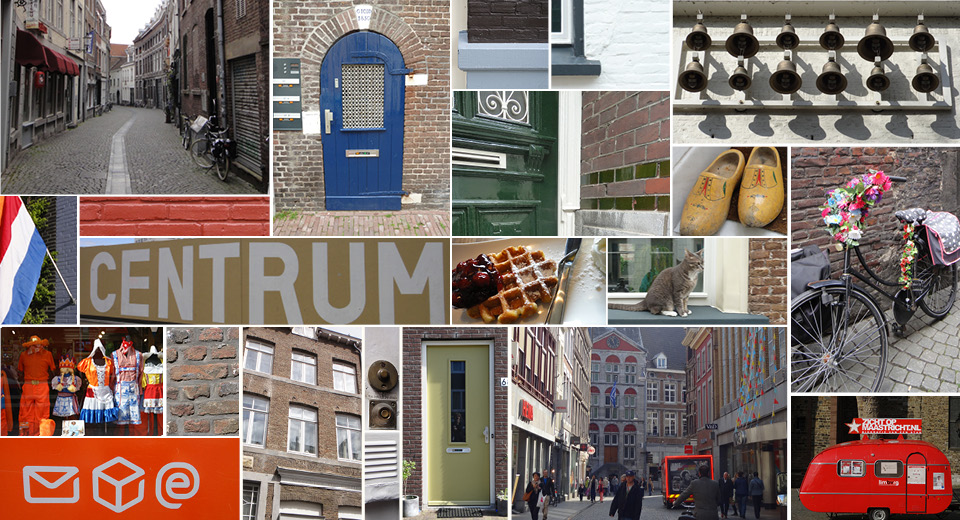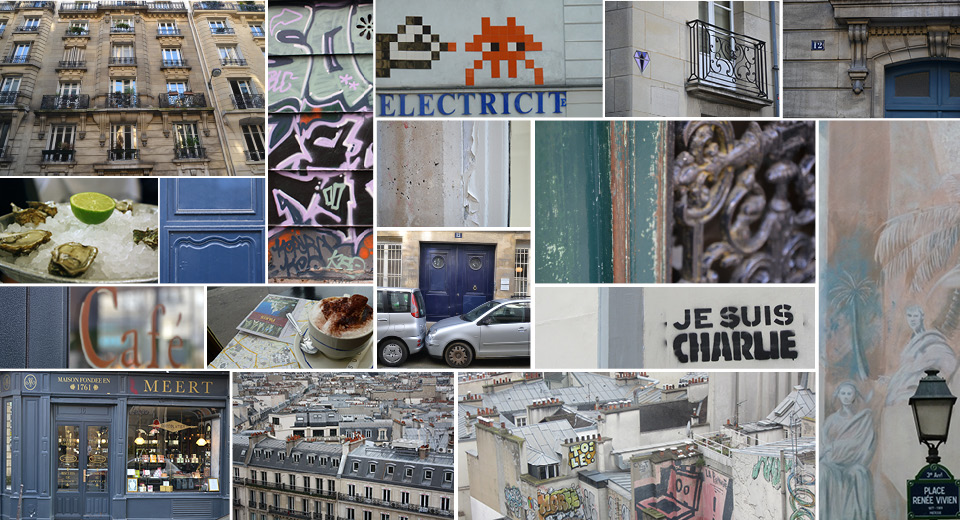Colour Research Vol.1
City portraits: What is typical of…
…Malmö?

A city between skyscrapers and cute idyllic half-timbered houses has, after a successful structural change, developed from a shipyard location into a centre for telecommunications and information technology. The traditional connection to neighbouring Denmark - reinforced by the shared bridge - has produced a unique combination of continental and Scandinavian lifestyles. A fascinating mixture: internationality at Öresund with ultra-modern architecture, cosy half-timbered houses, oriental markets and exquisite design.
…Antwerp?

Here you can see the contrast between historical and modern architecture. Once Antwerp was one of the largest cities in the world – in the 15th/16th century – and at times the most important trading metropolis in Europe. The old merchants' houses with stepped gables are indicative of this. Even today, it has one of the largest seaports in Europe.
Antwerp loves and cares for its old buildings, but also builds new ones that are no less spectacular. Whether historical or contemporary buildings - brick is available in all shapes and colours. In addition to stone colours and mud tones, colourful varnished surfaces, awnings of restaurants or - in some places - street art are particularly eye-catching as coloured highlights in between.
…Maastricht?

A tranquil town by the water with traditional brick architecture. Maastricht is the oldest workers' and industrial town and one of the oldest cities in the Netherlands. Located on both sides of the river Meuse, it is an administrative and supply centre of supraregional importance. The centre is characterised by typical brick in earthy colours with dark grey roofs. With 1,660 buildings, it is also the city with the second highest conservation rate in the Netherlands. A particularly large number of churches are listed as historical monuments. Since the 19th century, Maastricht has been the centre of the ceramics industry.
Sources:
…Paris respectively Marais?

The most densely populated city in Europe and one of the most visited cities in the world. Paris is an example of Baroque urban planning, which emerged with absolutism in the 17th century. The historic city centre with its church and secular buildings, streets, squares, and parks invites to stroll. The city with its promenade along the Seine has been a World Heritage Site since 1991.
Sources:




